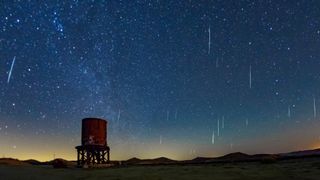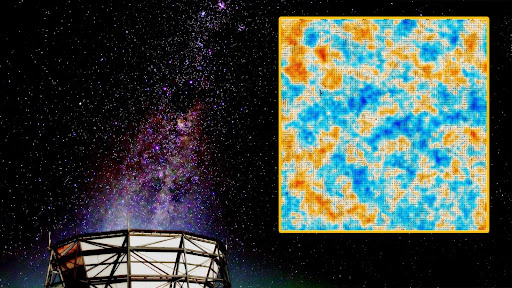
Robert Lea
Robert Lea is a science journalist in the U.K. who specializes in science, space, physics, astronomy, astrophysics, cosmology, quantum mechanics and technology. Rob's articles have been published in Physics World, New Scientist, Astronomy Magazine, All About Space and ZME Science. He also writes about science communication for Elsevier and the European Journal of Physics. Rob holds a bachelor of science degree in physics and astronomy from the U.K.’s Open University
Latest articles by Robert Lea

James Webb telescope captures 'a preview of the sun's distant future' in stunning new Ring Nebula image
By Robert Lea published
Astronomers reveal 'the final chapters of a star's life' in a stunning James Webb Space Telescope's image of the exploding Ring Nebula.

Supermassive black hole found spitting a giant, high-energy jet toward Earth
By Robert Lea published
NASA has identified a supermassive black hole blasting its energetic jets straight toward Earth. Don't worry, though, this blazar is located 400 million light-years away.
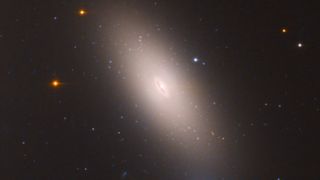
Bizarre 'relic galaxy' is missing a key component of the universe, and scientists are stumped
By Robert Lea published
A massive galaxy far from Earth seems to be entirely devoid of dark matter, contrary to all accepted cosmological models.
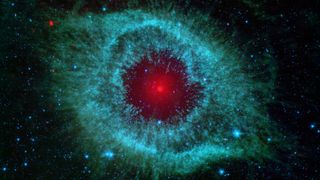
Hundreds of 'ghost stars' haunt the Milky Way's center. Scientists may finally know why.
By Robert Lea published
Ghostly nebulas created by exploding stars appear to align in the Milky Way's bulging center. Astronomers may finally know why.
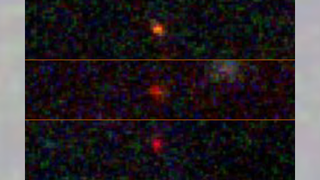
James Webb telescope reveals 3 possible 'dark stars' — galaxy-sized objects powered by invisible dark matter
By Robert Lea published
Three early galaxies discovered by the James Webb Space Telescope could actually be titanic stars powered by a dark matter heart.
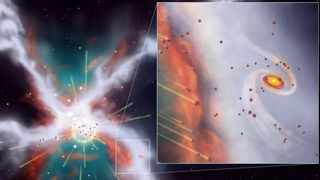
A nearby supernova nearly blew our solar system to bits 4 billion years ago, new research suggests
By Robert Lea published
A supernova that erupted when a massive star died could have destroyed our infant solar system — if it weren't protected by a cocoon of molecular gas.
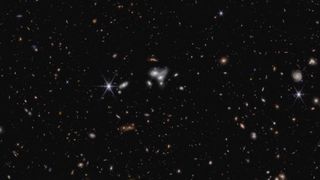
James Webb telescope discovers the oldest active black hole in the known universe
By Robert Lea published
Astronomers using the James Webb Space Telescope have discovered a feeding supermassive black hole from when the universe was less than 600 million years old.
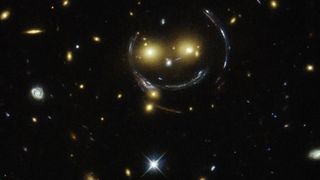
Distortions in space-time could put Einstein's theory of relativity to the ultimate test
By Robert Lea published
Observing time distortions could show whether Einstein's theory of general relativity accounts for the mysteries of dark matter and dark energy.
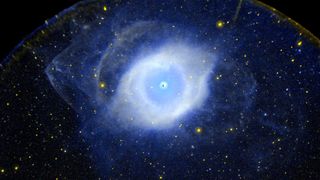
The expansion of the universe could be a mirage, new theoretical study suggests
By Robert Lea published
New research looking at the cosmological constant problem suggests the expansion of the universe could be an illusion.
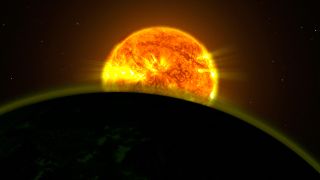
'Hot Jupiter' planet killed and ate its Mercury-sized neighbor
By Robert Lea published
A new analysis of the Jupiter-sized exoplanet WASP-76 b reveals that the world is carrying the remains of its long-lost neighbor in its atmosphere.
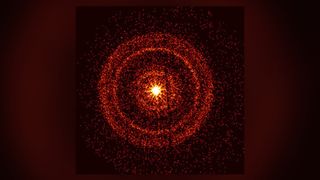
Largest explosion since the Big Bang was powered by a bizarre energy jet unlike any other
By Robert Lea published
The enormous gamma-ray burst, called the Brightest Of All Time (or BOAT), may be powered by its strange jet structure, scientists say.
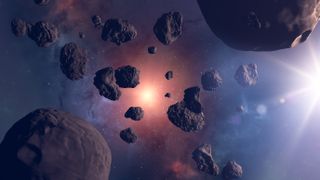
Earth may have debris from alien star systems trapped in its orbit, new research suggests
By Robert Lea published
A new study questions if our planet could capture rocky and icy visitors from outside the solar system — and how scientists could spot them.
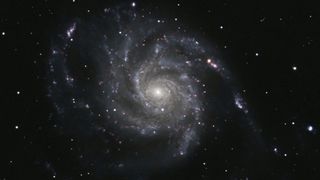
Watch the biggest supernova in 10 years explode tonight on this free telescope livestream
By Robert Lea published
A newly discovered supernova can be watched as it develops in real-time online and for free. The livestream will begin at 6:30 p.m. EDT (2230 GMT) on Friday, May 26.
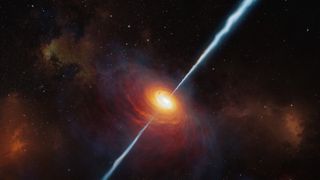
The most powerful black holes in the universe may finally have an explanation
By Robert Lea published
Quasars, the most extreme phenomena in the universe, are triggered when galactic collisions deliver gas to feeding black holes, new research suggests.
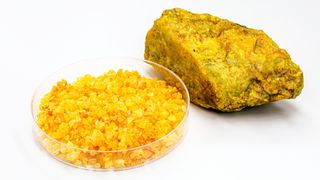
Scientists discover 1st 'neutron-rich' isotope of uranium since 1979
By Robert Lea published
Scientists have synthesized a previously unknown isotope of uranium, uranium-241, that may start to disappear after just 40 minutes.

'Runaway' black hole the size of 20 million suns caught speeding through space with a trail of newborn stars behind it
By Robert Lea last updated
Astronomers have discovered a "runaway" black hole, potentially the first observational evidence that supermassive black holes can be ejected from their host galaxies.

Strange radio bursts that outshine entire galaxies may come from colliding neutron stars, new study suggests
By Robert Lea published
Powerful bursts of radiation called fast radio bursts could be launched when neutron stars collide and merge, gravitational wave detections indicate.
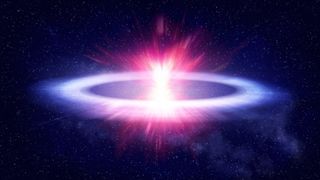
Extremely flat explosion dubbed 'the Cow' defies explanation
By Robert Lea published
A bizarre object called "the Cow" is the flattest explosion ever detected, and the first example of a rare phenomenon called a fast blue optical transient (FBOT).
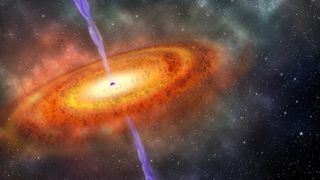
Stephen Hawking's famous black hole paradox may finally have a solution
By Robert Lea published
The 'Hawking radiation' emitted by black holes may be able to carry information after all, a new solution to Stephen Hawking's famous paradox suggests.
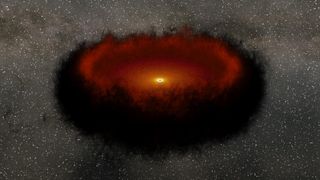
Black holes may be swallowing invisible matter that slows the movement of stars
By Robert Lea published
Scientists watched as two stars slowed in their orbits around black holes, concluding it was the result of "drag" generated by dark matter.
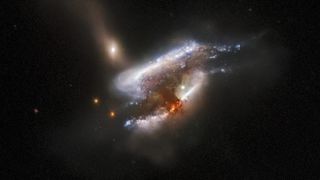
Rare galaxy with three black holes leads astronomers to the most massive objects in the universe
By Robert Lea published
Scientists watched as a three-quasar system merged in a supercomputer simulation of the universe to birth a black hole 300 billion times as massive as the sun.
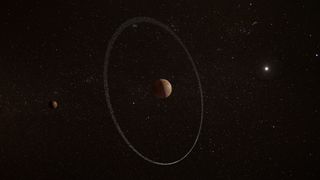
'Impossible' new ring system discovered at the edge of the solar system, and scientists are baffled
By Robert Lea published
A ring looping around the icy dwarf planet Quaoar is located much farther from its parent body than scientists thought was possible.
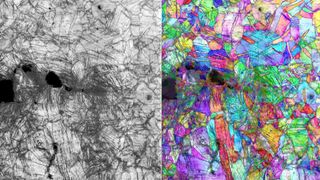
'Mind-boggling' alloy is Earth's toughest material, even at extreme temperatures
By Robert Lea published
A metallic alloy of chromium, cobalt, and nickel is over 100 times tougher than graphene and gets even more resistant to damage at extremely low temperatures.
Get the world’s most fascinating discoveries delivered straight to your inbox.
